Wild coffee
Picking wild coffee
The coffee grows wild in forests that are protected by local residents. When the wild coffee begins to ripen, residents travel deep into the forest to harvest the cherries in their natural habitat. Because the forest is so dense, wild coffee ripens more slowly than commercially grown coffee. Not only are yields small, but the cherries on a single bush ripen at different times, requiring repeat visits to ensure cherries are only picked once they have properly ripened. This is difficult and time-consuming work as the wild coffee grows several kilometres from the villages.
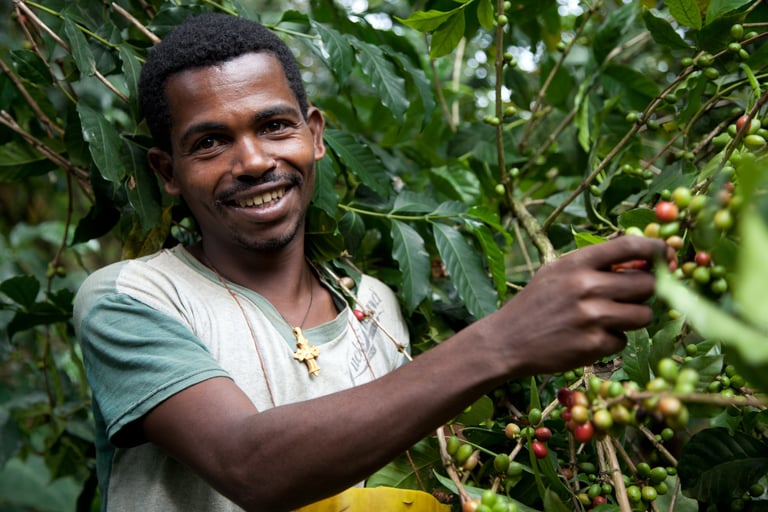

The pickers supply the Kontir Berhan wild coffee marketing cooperative, who will buy the coffee from them before drying, processing and exporting the coffee to specialty buyers.
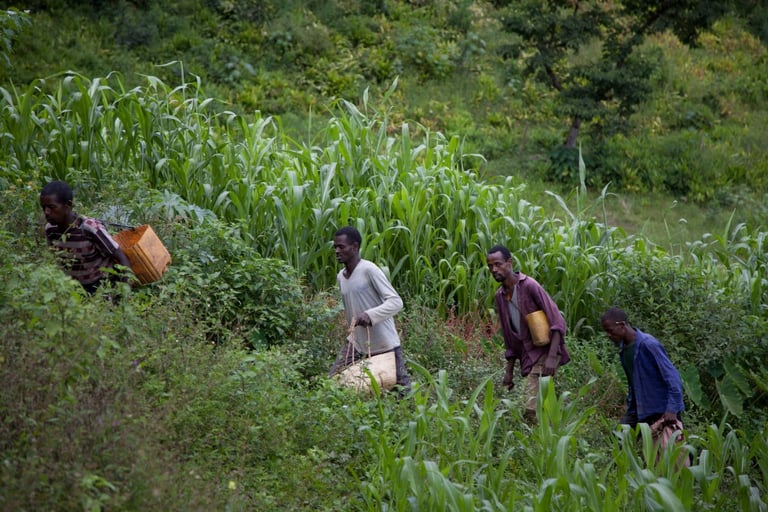

Wild coffee pickers selected from the local community on their way into the Kontir Berhan forest near Giz Meret. They pass through farmland at the edge of the forest, then a belt of cultivated coffee under the forest canopy that has been cleared of underbrush, before reaching the untouched forest where the wild coffee is located.

Wild coffee in south-west Ethiopia
Wild coffee processing
Once harvested, wild coffee cherries are carefully sorted and controlled for quality. The cherries are then spread out on temporary drying beds. Here they are allowed to dry naturally in the sun. This process requires careful monitoring to ensure that waterproof covers are pulled over the cherries if it rains and to make sure that the cherries are carefully turned to dry evenly. The drying process takes several days with responsibility for managing the process shared between cooperative members and amongst the wild coffee collectors. Once the cherries have dried sufficiently in the sun they are brought to the cooperative store and small samples taken for testing to ensure the moisture content is sufficiently low prior to grading.
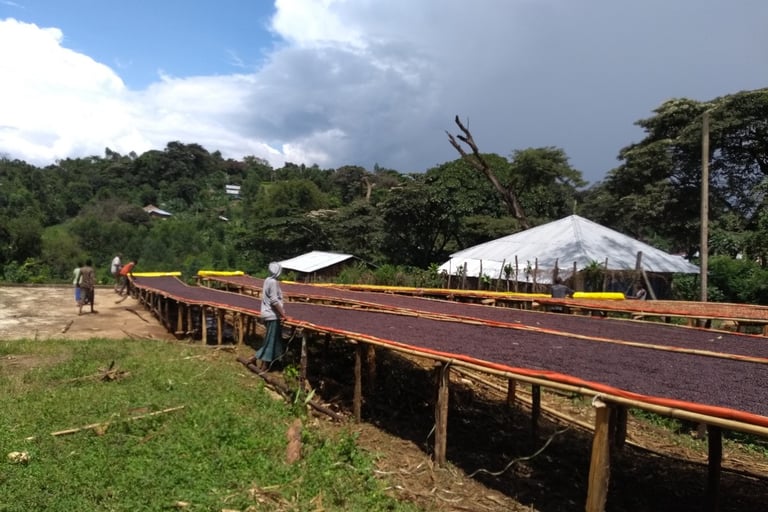

Natural sun drying of coffee beans
Coffee forest
In addition to harvesting the wild coffee for sale, seedlings and saplings are transplanted from the natural forest and grown in the more cultivated areas of forest which border the natural forest (which is called “coffee forest”). This extends the volume of coffee that can be produced and improves the money that people can earn from cultivating and selling coffee. Both the wild coffee harvested in the natural forest and the transplanted coffee grown in the surrounding forests help to preserve the genetic origins of this important species. No pesticides or herbicides are used in the harvesting or cultivation of the wild and forest coffee. As the coffee grows wild and under dense forest canopy, it appears better able to cope with the impacts of a changing climate.
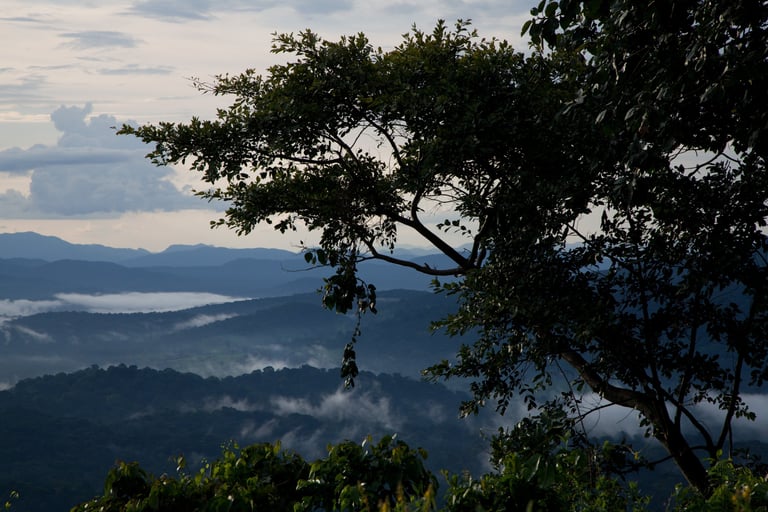

Seedlings and saplings transplanted from wild coffee in the natural forest
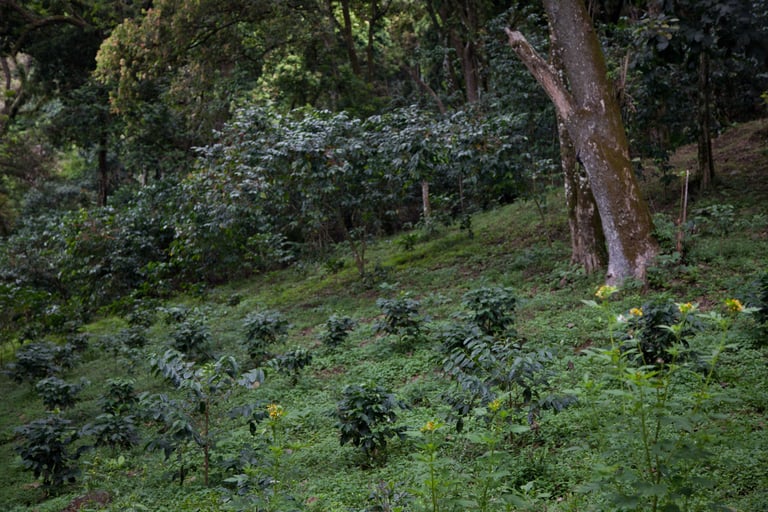

High forest under climate change